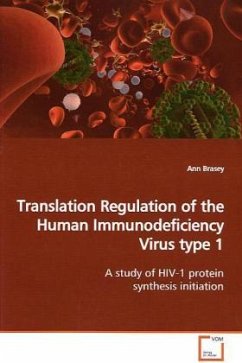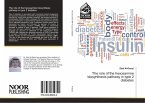Over the last 50 years, the human immunodeficiency
virus (HIV) has swept across the six continents,
claiming several million lives yearly. Despite
sustained intense research efforts, there is still
no cure for HIV. For billions of years, viruses
evolved strategies to enter and take control of
organisms to generate progeny viruses, including
means of hijacking the cellular protein synthesis
machinery. Understanding these mechanisms opens a
unique window of opportunity: that of eventually
being able to specifically inhibit virus protein
production and thus put a stop to virus replication.
In this work, HIV-1 protein synthesis was studied,
uncovering the presence of an internal ribosome
entry site (IRES) in the genetic code of HIV-1.
IRESes are structures directly capable of recruiting
the cellular protein synthesis to force virus
production. Further characterization of this element
and other aspects of translation initiation
suggested a mechanism unique to HIV-1, shedding
light on the initial steps of HIV-1 protein
synthesis.
virus (HIV) has swept across the six continents,
claiming several million lives yearly. Despite
sustained intense research efforts, there is still
no cure for HIV. For billions of years, viruses
evolved strategies to enter and take control of
organisms to generate progeny viruses, including
means of hijacking the cellular protein synthesis
machinery. Understanding these mechanisms opens a
unique window of opportunity: that of eventually
being able to specifically inhibit virus protein
production and thus put a stop to virus replication.
In this work, HIV-1 protein synthesis was studied,
uncovering the presence of an internal ribosome
entry site (IRES) in the genetic code of HIV-1.
IRESes are structures directly capable of recruiting
the cellular protein synthesis to force virus
production. Further characterization of this element
and other aspects of translation initiation
suggested a mechanism unique to HIV-1, shedding
light on the initial steps of HIV-1 protein
synthesis.








